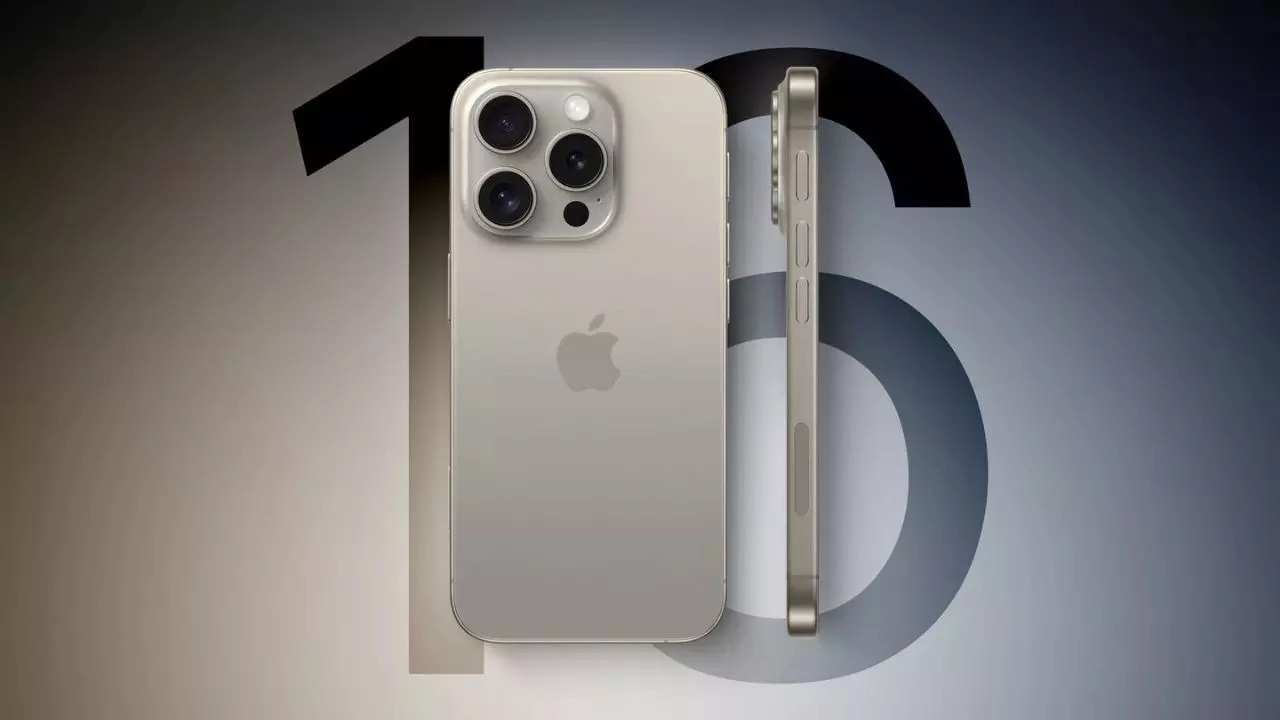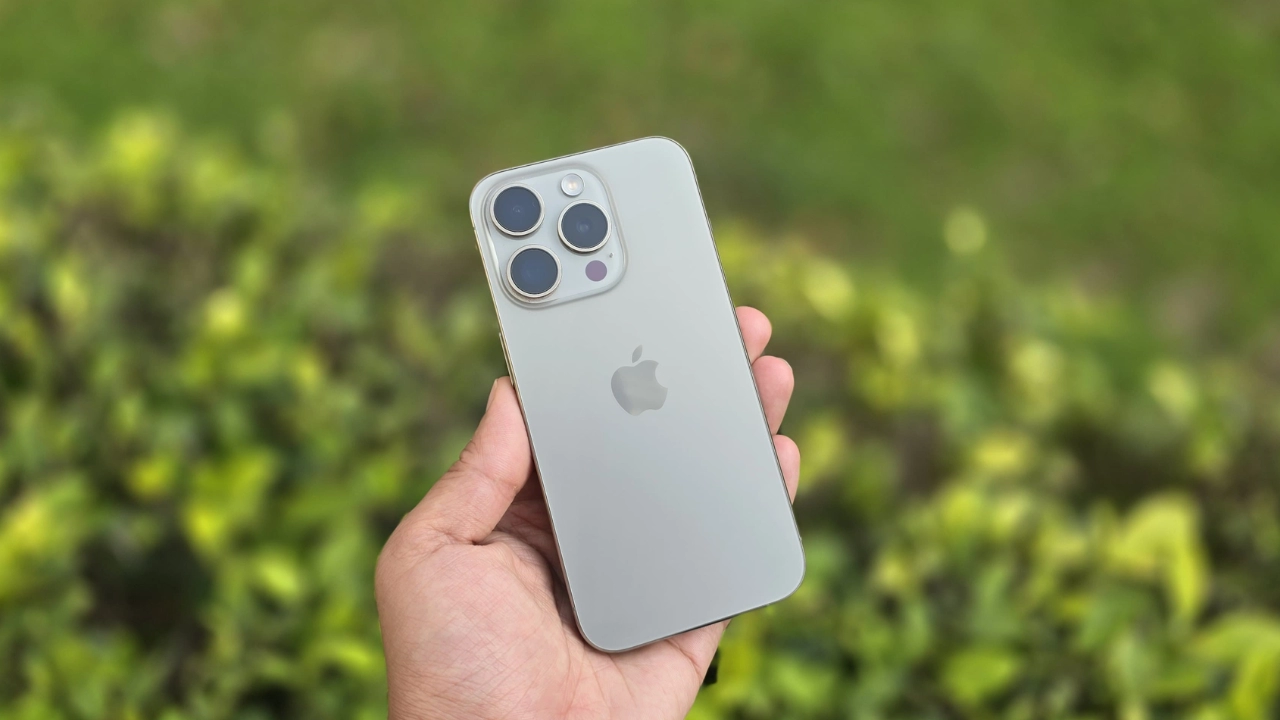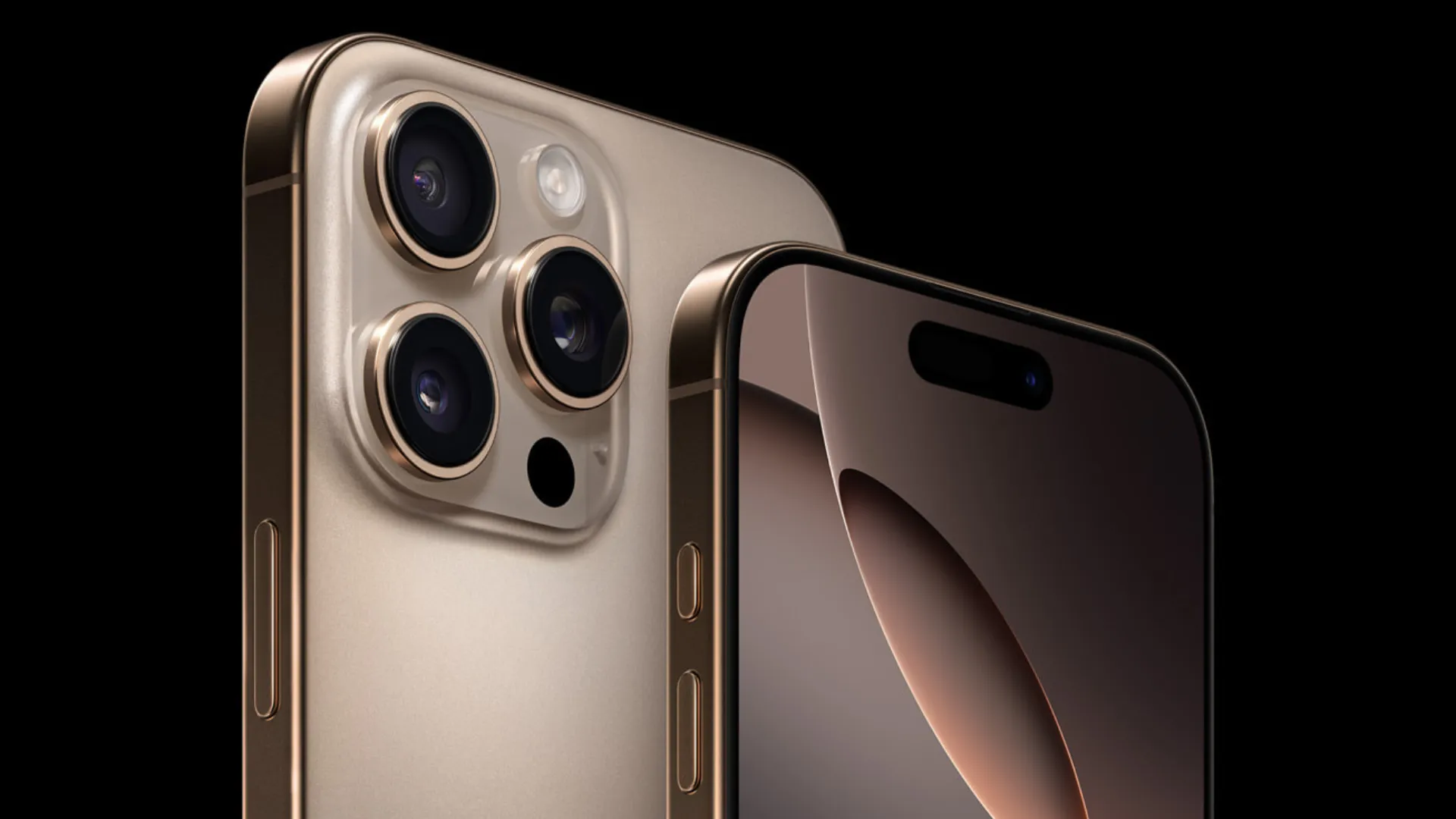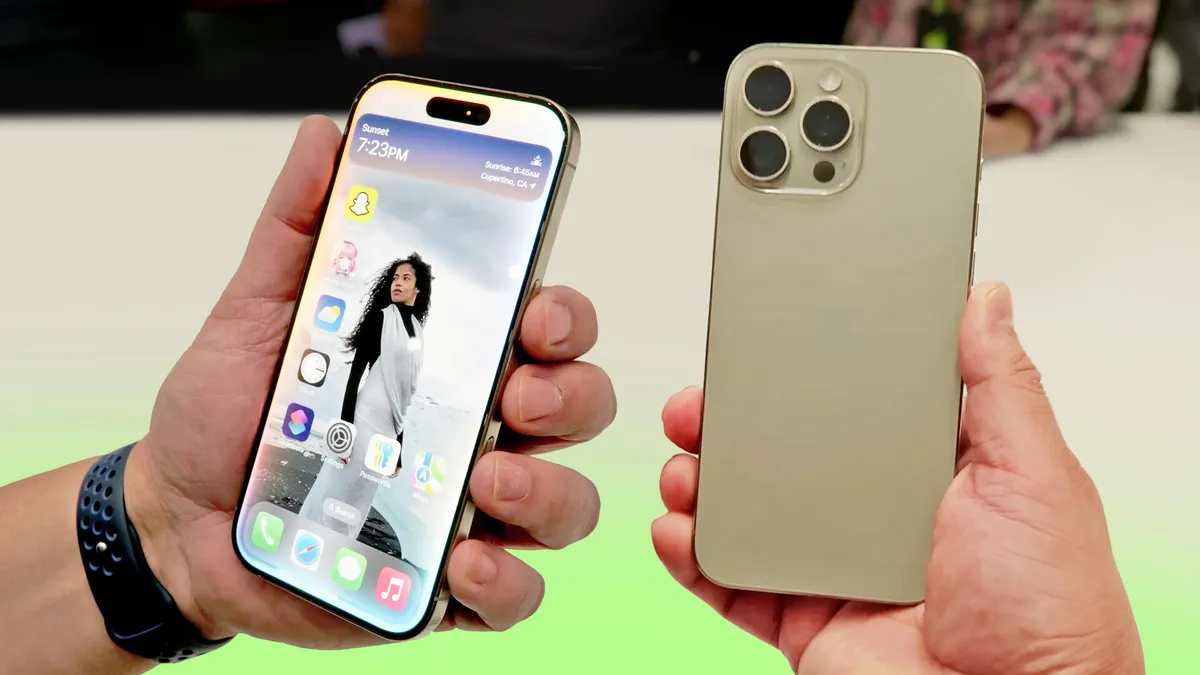Apple has once again made headlines with the launch of its iPhone 16 Pro, a device that promises the latest in hardware innovations coupled with the transformative potential of AI technology. Despite the hype surrounding its release, the reception has been a mix of enthusiasm for the new features and disappointment over the perceived incremental upgrades compared to its predecessors.

A Staggered Rollout of Apple Intelligence
As highlighted by Mark Gurman in the Power On newsletter, Apple’s introduction of the new generative AI system, Apple Intelligence, is set to roll out in three phases—iOS 18.1 in October, iOS 18.2 in December, and finally iOS 18.3 in March. This staggered schedule contrasts sharply with the bold claims made during the iPhone 16 launch event and subsequent marketing efforts. Despite being touted as the first model “built from the ground up for Apple Intelligence,” the reality, as Gurman points out, is that the hardware improvements in the iPhone 16 are not particularly tailored for enhanced AI performance, with the critical change being merely an increase to 8 gigabytes of memory.

Incremental Hardware Upgrades Spark Debate
The iPhone 16 Pro offers slightly improved specifications over last year’s iPhone 15 Pro models. The A18 Pro chipset is faster, and there are enhancements to display brightness and battery life, yet these changes are not seen as groundbreaking. “All of these are larger and more welcoming than twelve months ago, but none feel like progress,” notes the analysis, suggesting that Apple is merely keeping pace with broader industry trends without delivering substantial innovations.
The New Camera Control Button: A Game Changer?
One notable addition to the iPhone 16 Pro is the Camera Control button, enhancing the photography and video shooting experience. This button, which is capacitive and programmable, allows users to manage exposure, and depth of field, apply photo filters, and switch between photo and video modes. Forbes contributor David Phelan lauds this feature, noting, “There’s a learning curve here, but it’s shallow and easily managed. And the results are terrific—this is easily the best way to shoot video and stills on an iPhone, with the perfect placing of the button and fast and responsive mechanics in the Control itself.”

Generative AI: The Future Delayed
Apple’s slow adoption of generative AI technologies has been a significant point of contention. While Google launched its Pixel 8 and Pixel 8 Pro with second-generation AI software in 2024, iPhone users will have to wait until March 2025 to experience the full suite of Apple’s AI capabilities. This delay places Apple behind its competitors in a critical area of technological advancement, challenging the narrative that while Apple may not be the first, it strives to be the best.

The iPhone 16 Pro, with its blend of slight enhancements and new features like the Camera Control button, continues to attract Apple enthusiasts and tech aficionados alike. However, the true potential of the iPhone 16, particularly in terms of AI, remains untapped pending future software updates. As Apple works to integrate more sophisticated AI into its devices, only time will tell if these advancements will redefine smartphone technology or if they will merely echo past updates.










